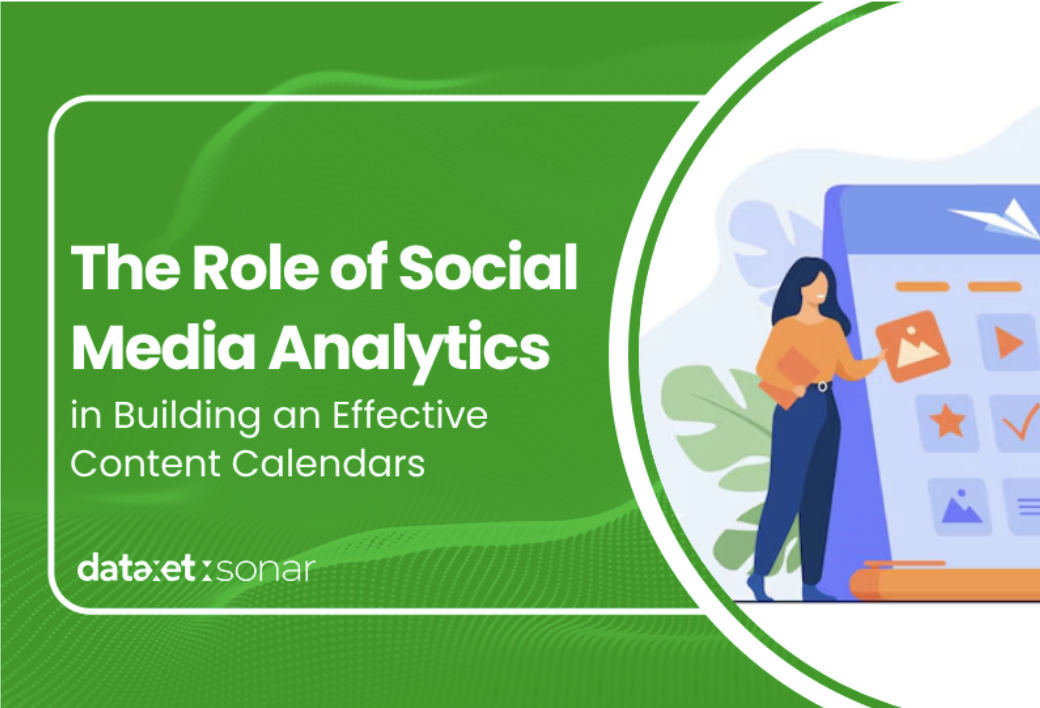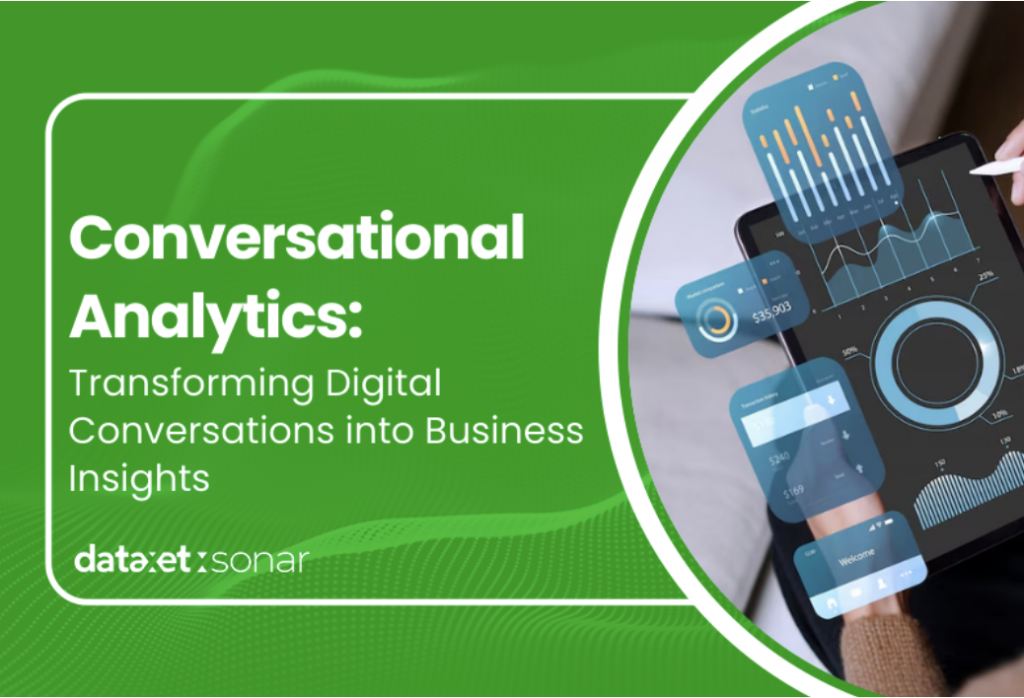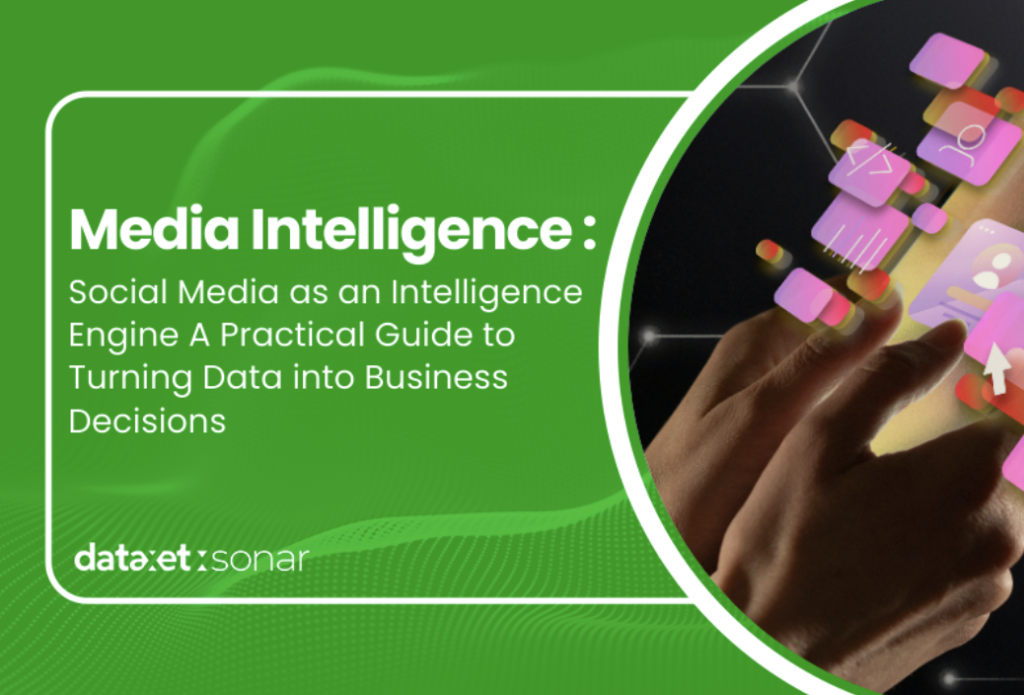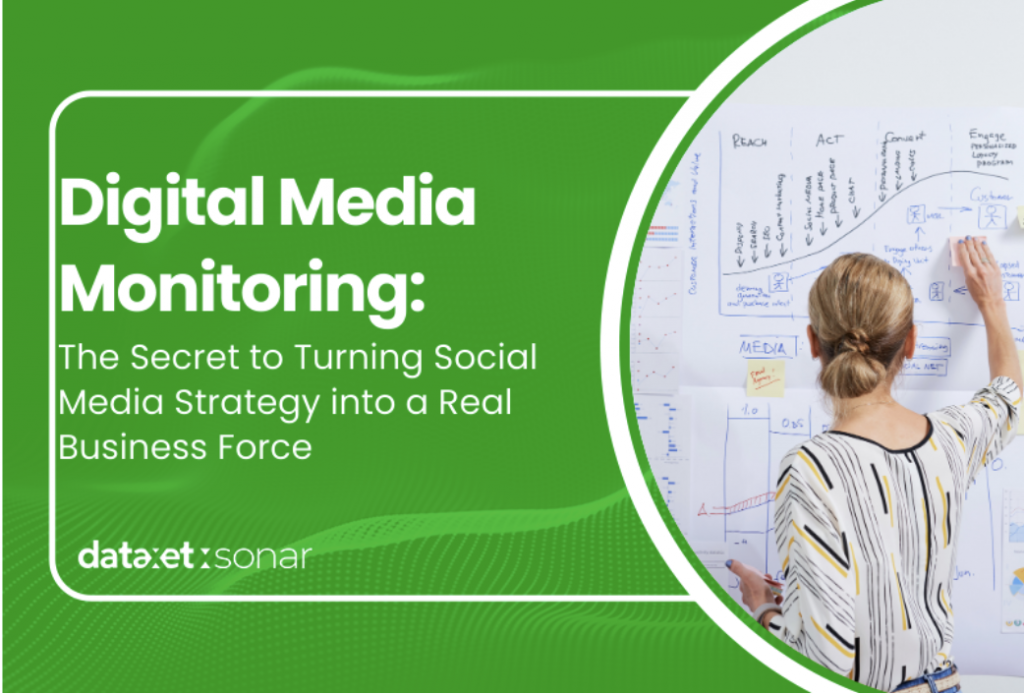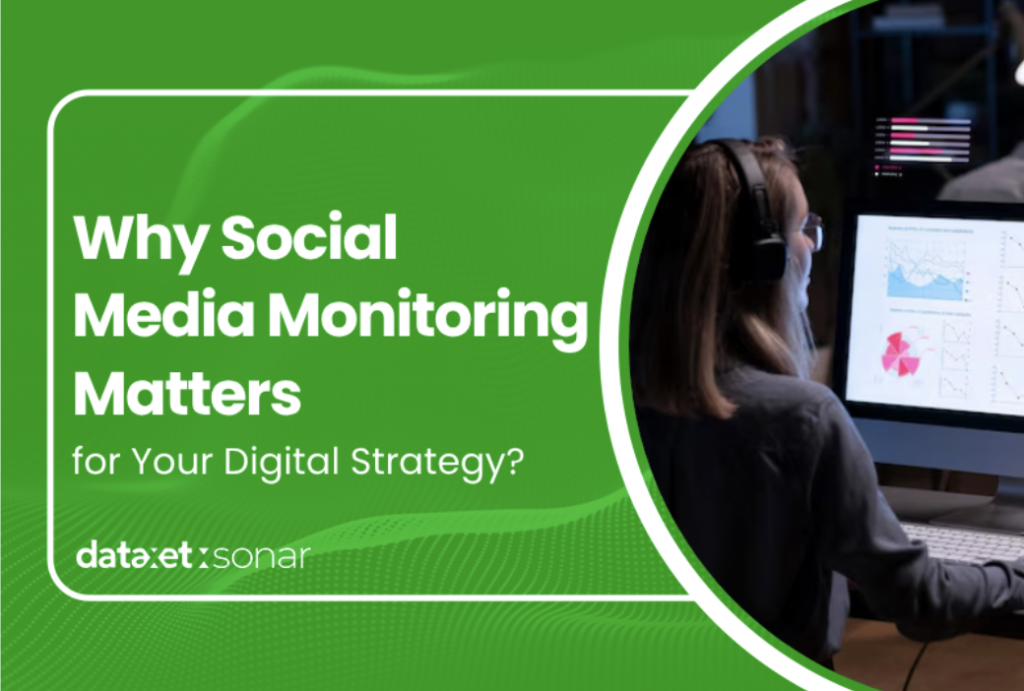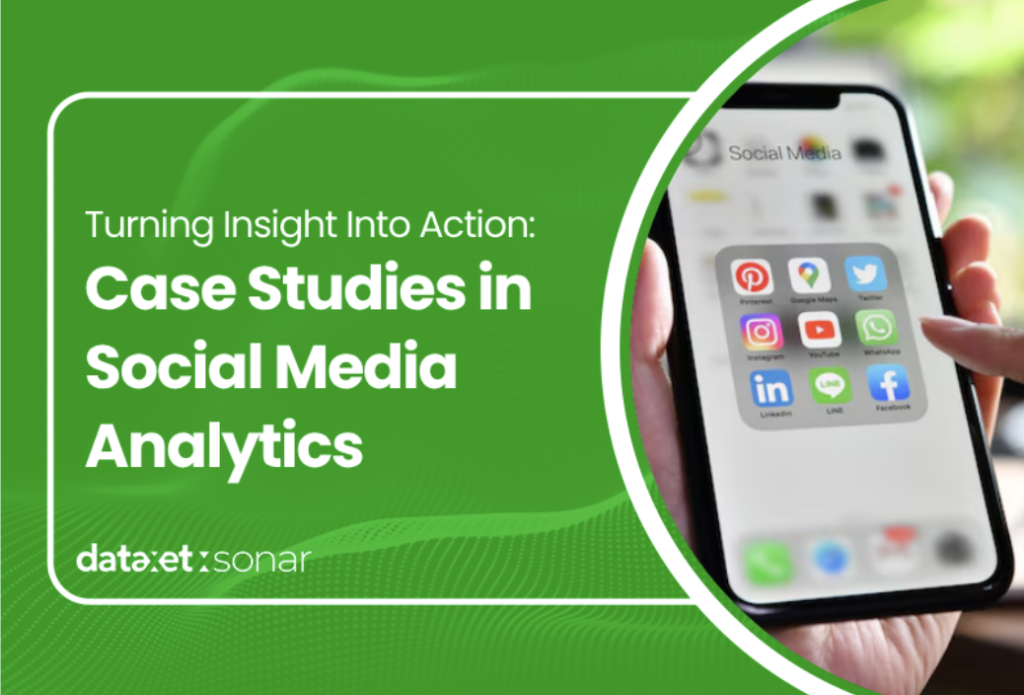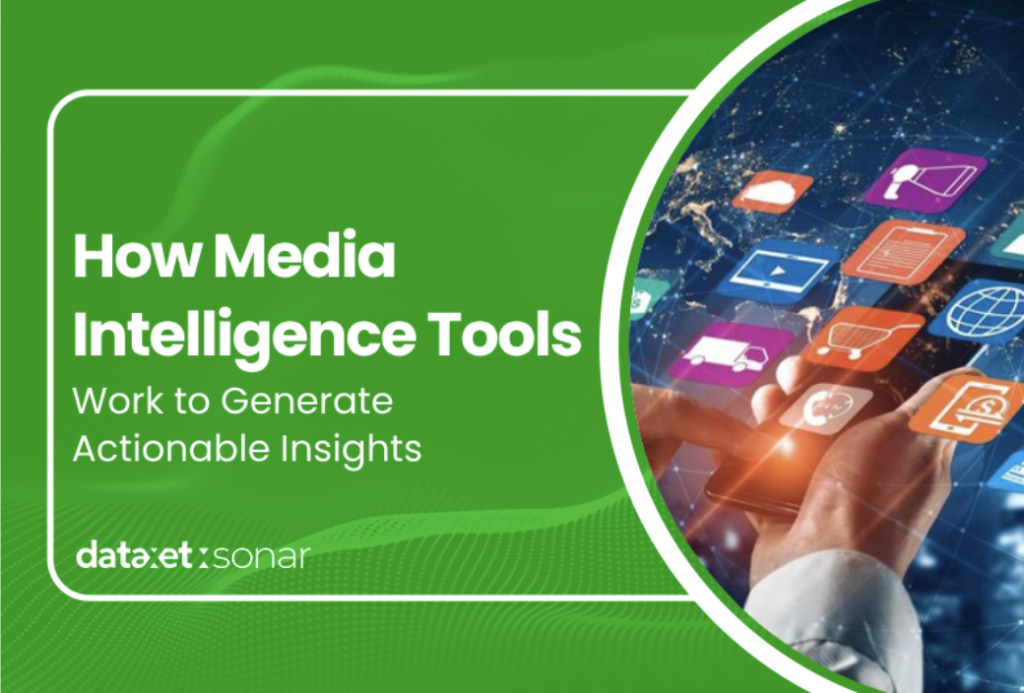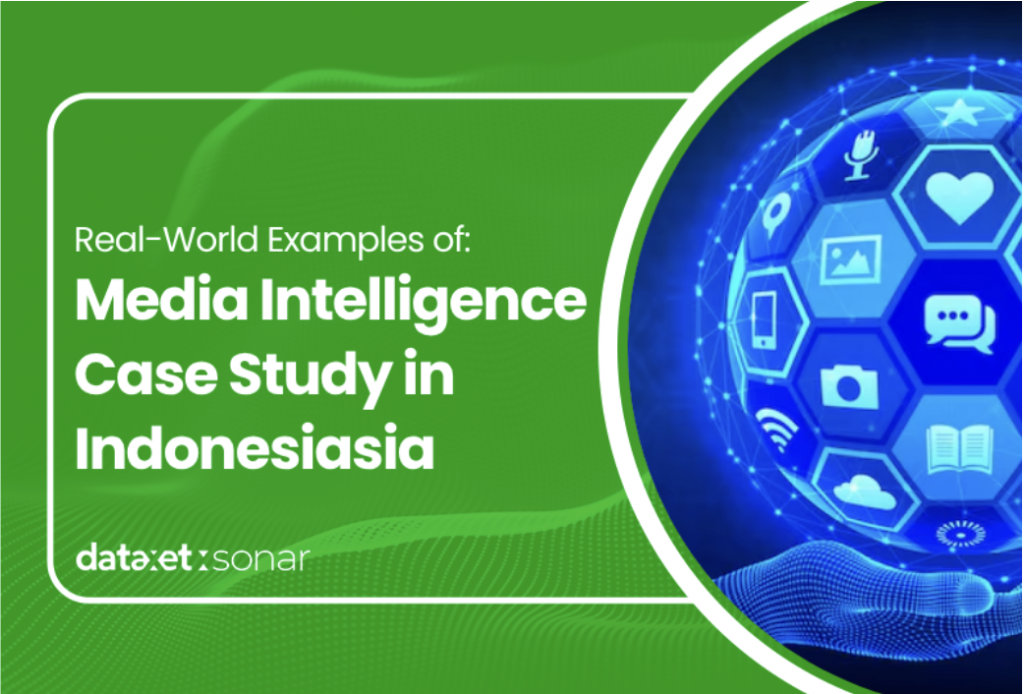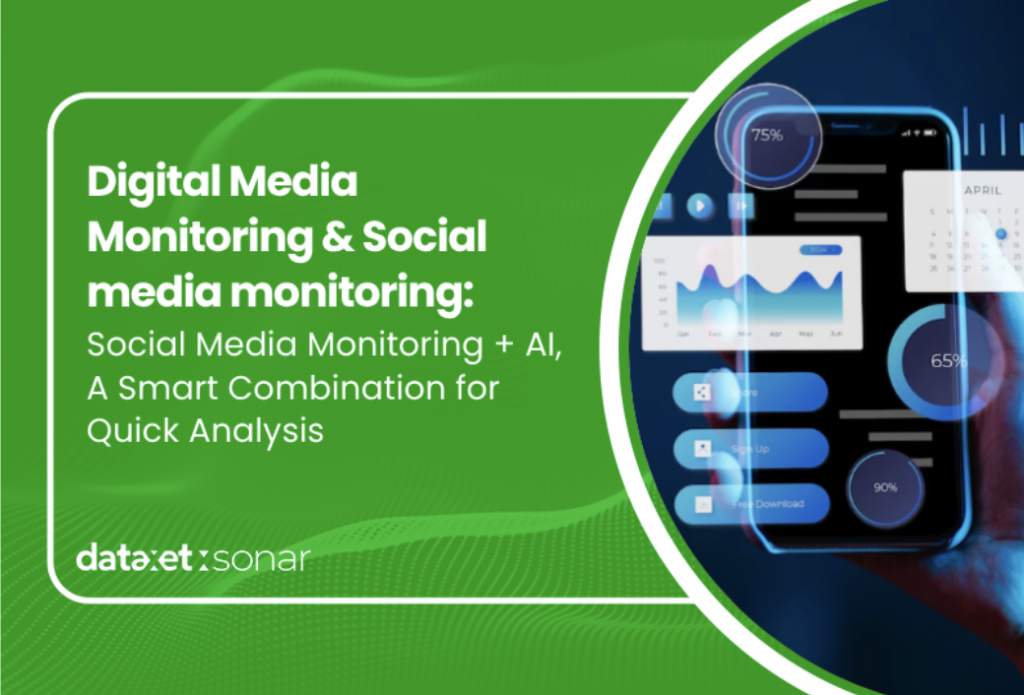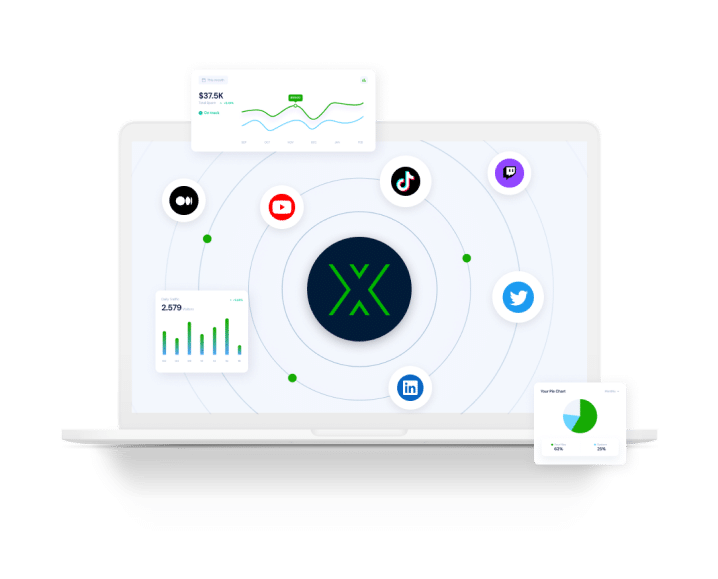Creating a content calendar without the support of accurate data is like shooting an arrow in the dark. The results often miss the target. Many marketing teams and creators face significant challenges in understanding what their audience truly wants amid the abundance of information and ever-changing trends. This uncertainty not only makes content strategies less measurable but also risks losing relevance and the desired impact.
Social media analytics emerges as a solution that provides a clear picture of audience behavior, preferences, and needs in real-time. By leveraging this data, creative teams can develop content calendars that are more strategic, targeted, and capable of generating meaningful engagement.
Here’s how social media analytics can help you design a more effective and strategic content calendar.
1. Helps You Choose the Right Topics and Content Formats
Coming up with content ideas week after week can be tough, especially if you’re unsure what’s currently resonating with your audience. This is where social media analytics steps in to guide you through trending conversations and audience interests.
By tracking popular hashtags, top keywords, and emerging topics, you can fill your content calendar with ideas that are timely, engaging, and aligned with what people actually care about. It also helps you understand which formats (carousel, video, infographic, etc.) your audience prefers. So you’re not just on time, but on point.
2. Evaluates Past Content Performance
Why create new content if you’re not learning from the old ones? And measuring success isn’t just about counting likes or views. It’s about digging into performance across different platforms.
Social media analytics gives you a clear view of how each piece of content performed which helps you compare across channels, identify what drove engagement, and learn what worked (or didn’t). That way, you’re not guessing, you’re making informed, data-based decisions.
3. Keeps Your Engagement Consistent
One of the biggest challenges in content planning is maintaining steady engagement. Peaks and dips in interaction can feel random if you’re not looking at the right data.
With insights like peak engagement hours, high-performing platforms, and the type of content that gets the most interaction, social media analytics helps you schedule posts at the right time with the right approach.
4. Measures the Result of Every Content Piece
A great content calendar doesn’t just show what and when to post. It should also explain why each content piece matters for your brand.
Social media analytics helps you track content ROI using data like buzz volume, conversation sentiment, impressions, and even PR value. This means every post you plan isn’t just creative, it’s contributing to your business goals.
5. Maps Your Brand’s Position in the Market
Building a content calendar also means understanding how your brand stacks up against competitors.
Social media analytics lets you monitor competitor activity, track industry trends, and evaluate your share of voice. This way, your content doesn’t just ride the wave—it helps your brand stand out in the crowd.
6. Strengthens Your Understanding of the Audience
No content strategy can succeed without knowing your audience inside and out.
With social media analytics, you get access to valuable audience insights, like age, gender, location, interests, and preferred platforms. So you can tailor your content to be more personal, relevant, and effective.
Conclusion
Social media analytics isn’t just a nice-to-have tool. Iit’s a must-have when it comes to creating a content calendar that’s smart, effective, and truly data-driven.
Platforms like DXT360 from Dataxet Sonar offer powerful analytics features, from topic trends and competitor tracking to engagement performance and audience breakdowns that can help you plan content with clarity and confidence. When your planning and ideation are driven by data, your content is much more likely to deliver real impact.

